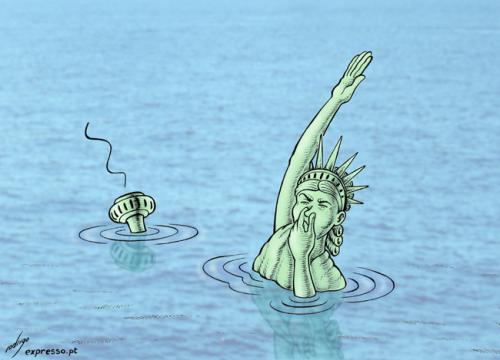Eskimos started off their journey in Bering with the Aleuts following
the coasts of Siberia. The Eskimos traditionally inhabited the coastal regions of eastern Siberia (Russia), Alaska, Canada and Greenland.
I will be focusing on the Greenland branch of Eskimos and towards the end of this blog I have uploaded a video on the present day sea
level rise situ at a whistle stop over in Kivalina, Alaska.............
The Greenland gang adapted themselves into three different cultures
- Saggag culture ca 4400 – 2800 B.P.
- Dorset culture 2600 - 1800 B.P.
- Thule culture after 900 B.P.
The 'Eskimos' were very dependent on the sea. Hence many settlements were
found much nearer to the sea along the coasts of West Greenland.
Many archaeological excavations show elevation differences between the
settlements demonstrating sea level fluctuations during the Holocene. The
evidence show that Greenland has been either very close to or below present day sea
levels (Morten et. al., 1997).
Many ruins belonging to the Thule culture from the 17th - 18th
centuries were found damaged or partially submerged by the sea throughout the
West and South coast’s in Greenland (Morten et.al., 1997).
Like the Aleuts, Eskimos too successfully adapted themselves
biologically and culturally to coincide with the surrounding ecosystem. These
marine adapted people embraced the changes made to their coastal environment
which led to leading a nomadic life exploiting coastlines for their benefit (Laughlin,1975).
These marine adapted people have not had any problems with rising
sea levels until recent years............... as most of these groups of
Eskimos now live in permanents settlements near the sea abandoning their
nomadic lifestyle........
The question is..... can they rise to the challenge to be resilient to the rising sea levels and adapt themselves like their ancestors did....
OR
are their new lifestyles a hindrance in succeeding their
ancestors?
Let's watch this short video from Kivalina, Alaska....... 80 miles from
the Arctic Circle where a branch of an Eskimo tribe has been affected by the
present day rising sea levels.
What can we learn from it...............?






